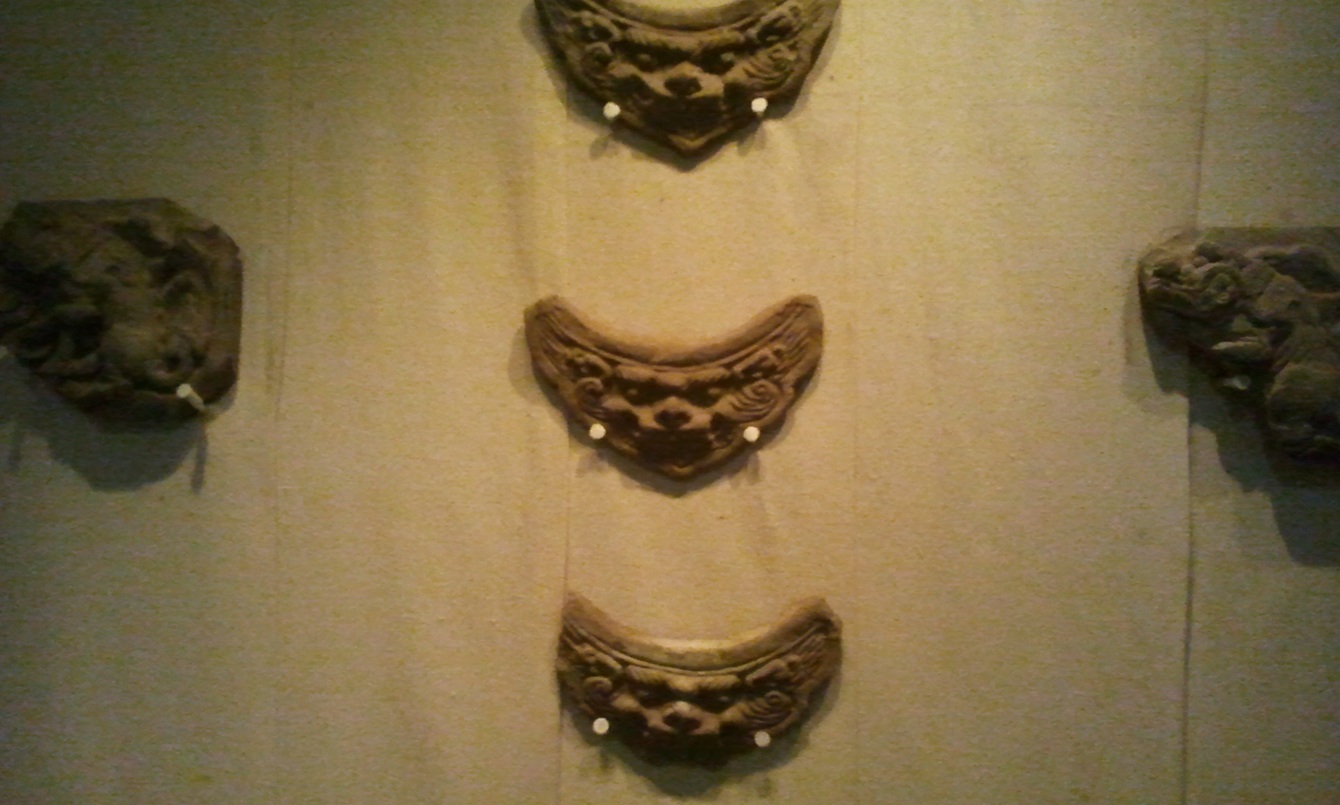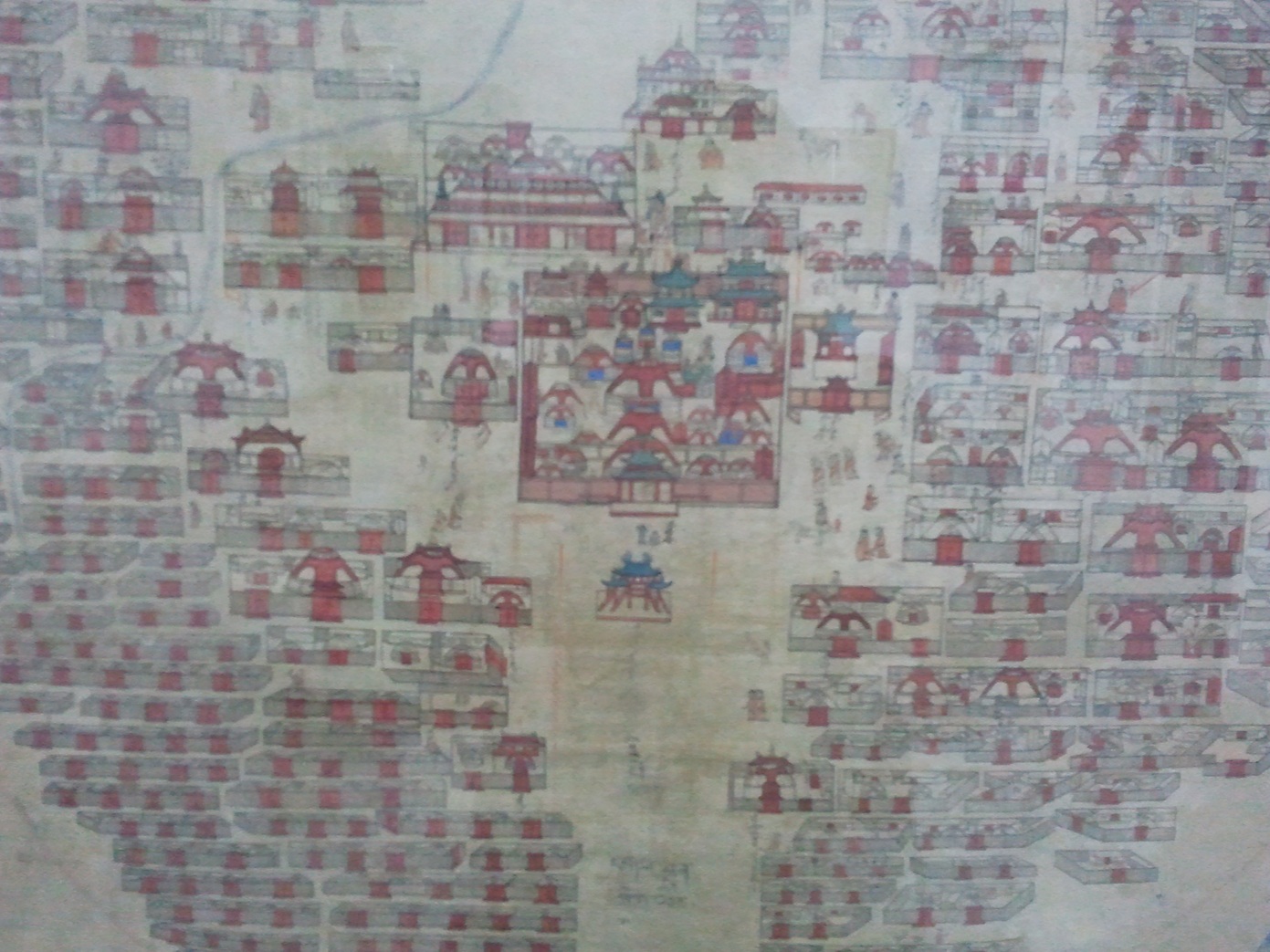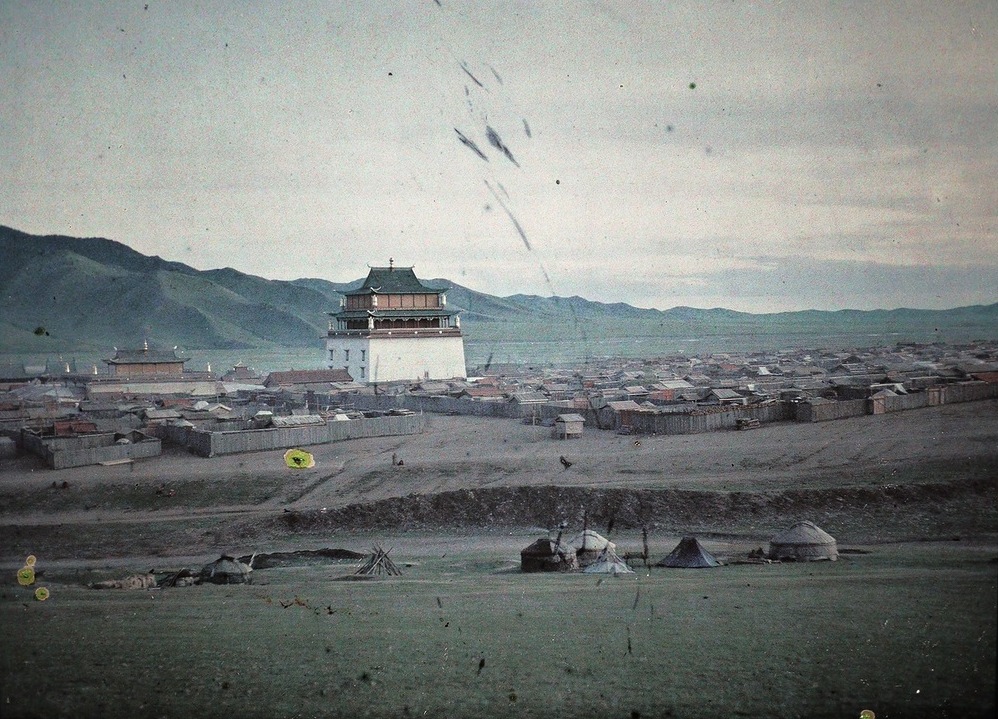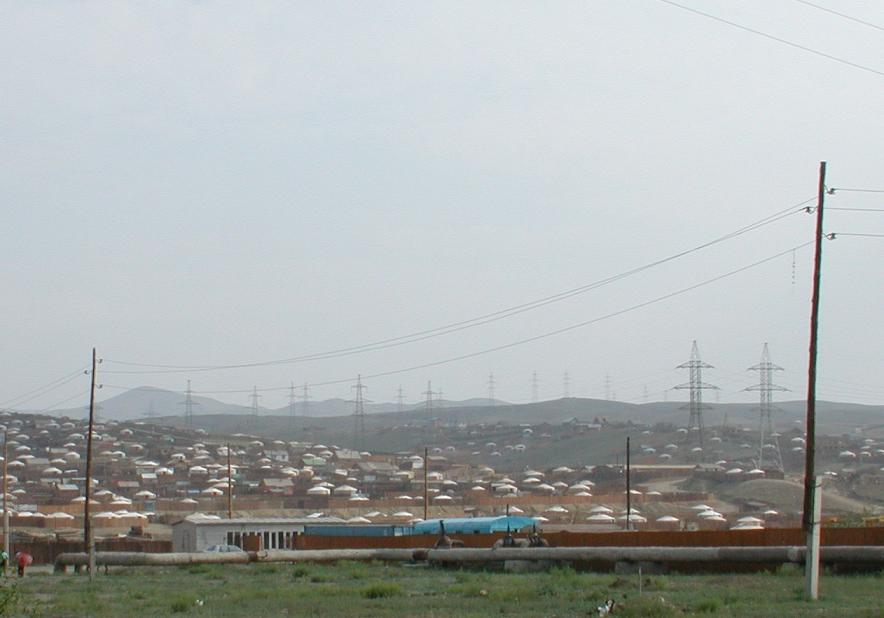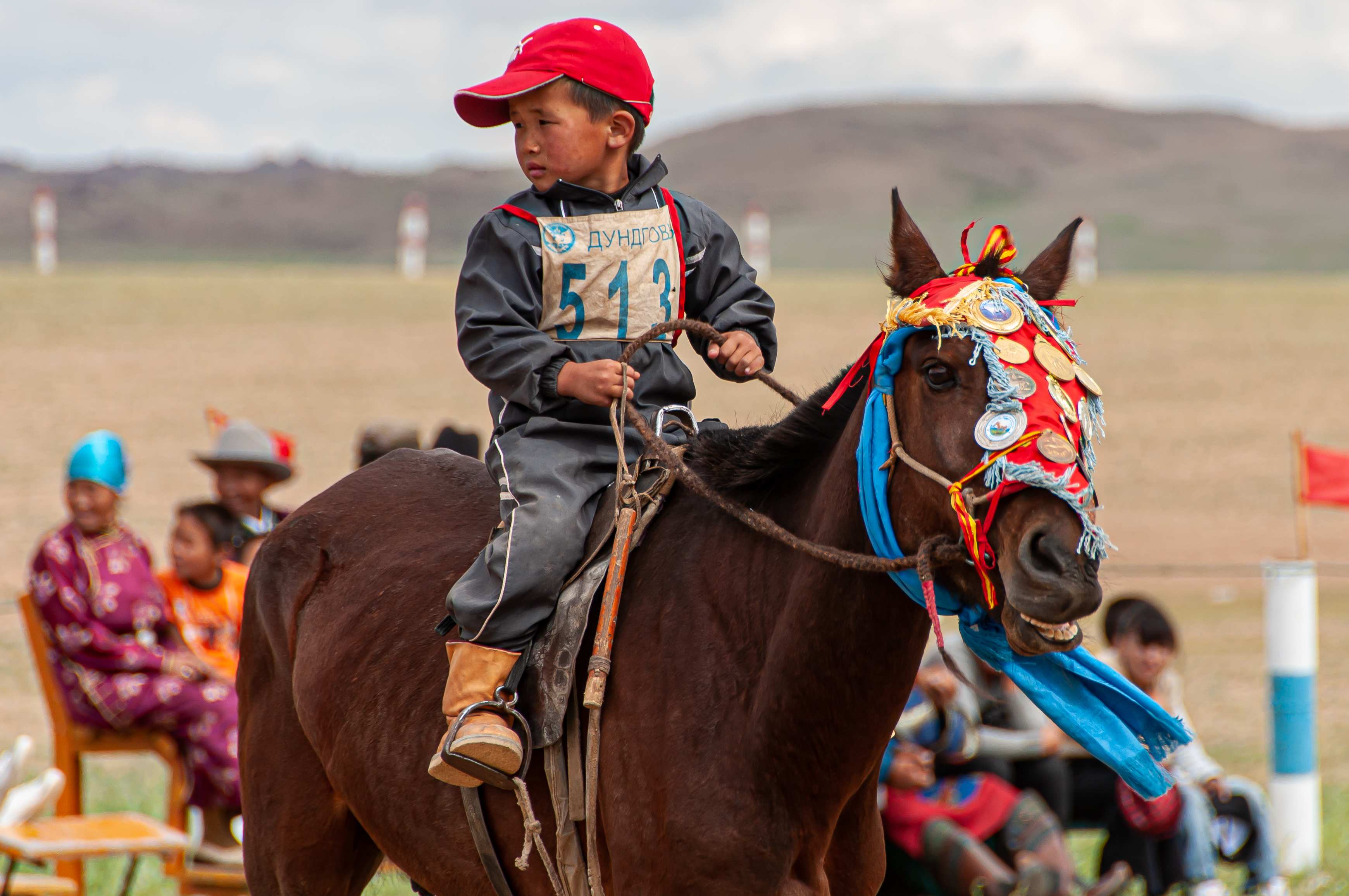|
Ulaanbaatar
Ulaanbaatar is the Capital (political), capital and List of cities in Mongolia, most populous city of Mongolia. It has a population of 1.6 million, and it is the coldest capital city in the world by average yearly temperature. The municipality is located in north central Mongolia at an elevation of about in a valley on the Tuul River. The city was founded in 1639 as a nomadic Buddhist monasticism, Buddhist monastic centre, changing location 29 times, and was permanently settled at its modern location in 1778. During its early years, as Örgöö (anglicized as Urga), it became Mongolia under Qing rule, Mongolia's preeminent religious centre and seat of the Jebtsundamba Khutuktu, the spiritual head of the Gelug lineage of Tibetan Buddhism in Mongolia. Following the regulation of Kyakhta trade, Qing-Russian trade by the Treaty of Kyakhta (1727), Treaty of Kyakhta in 1727, a caravan route between Beijing and Kyakhta opened up, along which the city was eventually settled. With ... [...More Info...] [...Related Items...] OR: [Wikipedia] [Google] [Baidu] |
Mongolia
Mongolia is a landlocked country in East Asia, bordered by Russia to the north and China to the south and southeast. It covers an area of , with a population of 3.5 million, making it the world's List of countries and dependencies by population density, most sparsely populated sovereign state. Mongolia is the world's largest landlocked country that does not border an Endorheic basin, inland sea, and much of its area is covered by grassy steppe, with mountains to the north and west and the Gobi Desert to the south. Ulaanbaatar, the capital and List of cities in Mongolia, largest city, is home to roughly half of the country's population. The territory of modern-day Mongolia has been ruled by various nomadic empires, including the Xiongnu, the Xianbei, the Rouran, the First Turkic Khaganate, the Second Turkic Khaganate, the Uyghur Khaganate and others. In 1206, Genghis Khan founded the Mongol Empire, which became the largest List of largest empires, contiguous land empire i ... [...More Info...] [...Related Items...] OR: [Wikipedia] [Google] [Baidu] |
Mayor Of Ulaanbaatar
The Mayor of Ulaanbaatar () is head of the executive branch of the political system of the city of Ulaanbaatar, Mongolia. The mayor's office administers all city services and public agencies, and enforces all city laws. There have been 35 mayors of Ulaanbaatar. Mayor's Office The Mayor's Office provides professional advice to the City Council and the Mayor of Ulaanbaatar. It also implements the Mayor's platform. It has the following structure: * State Administrative Department * Legal Department * Social Policy Department * Finance and Treasury Department * Policy and Planning Department * Foreign Relations Department * Media and Public Relations Department * Monitoring and Evaluation Department * Military Staff List of mayors * Bayar Moonon (1924–1926) * Batsukh B (1926–1927) * Gombojav Dulamjav (1927–1929, 1930–1931, 1936–1939) * Mijiddorj Lkhamjav (1929–1930) * Tsedendamba Badam (1931–1932) * Ravdan Ulzii (July to August 1932) * Dogsom Dansranbileg (1932–1 ... [...More Info...] [...Related Items...] OR: [Wikipedia] [Google] [Baidu] |
Sükhbaatar Square
Sükhbaatar Square (, ''Sükhbaataryn talbai'') is the central square of Ulaanbaatar, the capital of Mongolia. The square was named for Mongolian revolutionary hero Damdin Sükhbaatar after his death in 1923, and features a monumental equestrian statue of him in its center. The Government Palace is located to the north of the square, and has a large colonnade monument containing statues of Genghis Khan in the centre, with Ögedei Khan and Kublai Khan to the left and right. The central statue of Genghis Khan is flanked by Bo'orchu and Muqali. The square's name was changed to Chinggis Square (, pronounced ''Chinggisiin Talbai'') in 2013 in honor of Genghis Khan, but the original name was restored in 2016. Buildings Government Palace (built in 1951 on the spot formally occupied by the national theater or "Green Domed Theater") dominates the north side of the square. It is fronted by a large colonnade monument to Genghis Khan, Ögedei Khan, and Kublai Khan, completed in 2006 in ... [...More Info...] [...Related Items...] OR: [Wikipedia] [Google] [Baidu] |
Citizens' Representatives Khural Of The Capital City
Ulaanbaatar City Council officially the Citizens' Representatives Khural of the Capital City () is the local self-governing body of Ulaanbaatar, the capital of Mongolia. The council is responsible for enacting and amending city ordinances, approving budget, and nominating Mayor of Ulaanbaatar. Current composition In 2024 local elections, 40 candidates from Mongolian People's Party, 5 candidates from Democratic Party were elected to the council. See also *Mayor of Ulaanbaatar The Mayor of Ulaanbaatar () is head of the executive branch of the political system of the city of Ulaanbaatar, Mongolia. The mayor's office administers all city services and public agencies, and enforces all city laws. There have been 35 mayors ... References Politics of Ulaanbaatar City councils {{Mongolia-stub ... [...More Info...] [...Related Items...] OR: [Wikipedia] [Google] [Baidu] |
Gandantegchinlen Monastery
Gandantegchinlen Monastery (, ''Gandantegchenlin khiid''), also known as Gandan Monastery, is a Buddhist monastery in Bayangol District, Ulaanbaatar, Mongolia. It was founded in 1809, closed amid persecutions in 1939, and from 1944 to 1989 was the country's only active monastery. Today, it is the center of Buddhism in Mongolia. The monastery has more than 100 resident monks and numerous Buddhist treasures, including a statue of Avalokiteśvara made of gilded bronze and precious stones. Name The name of the monastery, Gandantegchinlen (Tibetan for "complete rejoicing"), is derived from Ganden Monastery in Tibet, established by Je Tsongkhapa, the founder of the Gelug sect of Tibetan Buddhism. Its translated name in Mongolian is Tegüsbayaskhulangtu, and in Sanskrit it is Tushitamahayanavipa. History The second Jebtsundamba Khutuktu established a ''tsanid'' (Buddhist education center) for the monks of Khüree (modern Ulaanbaatar) in the early 18th century. ''Datsan'' (colleg ... [...More Info...] [...Related Items...] OR: [Wikipedia] [Google] [Baidu] |
Ger District
A Ger district (, ) is a form of residential district in Mongolian settlements. They usually consist of parcels with one or more detached traditional mobile dwellings or gers (hence the name), surrounded by two-metre high wooden fences. In other countries, gers are known as yurts. Most Ger districts are not connected to water supplies, so people get their drinking water from public wells. For a warm shower or a bath, there are bathhouses. Since there is no sewer system, Ger district parcels usually have a pit toilet. Small settlements, like sum centers, may consist almost exclusively of ger districts. Even in Mongolia's capital Ulaanbaatar, around 62% of the population live in such districts. However, only about 43% of the Ger district residents in Ulaanbaatar actually live in gers. Some of the districts in Ulaanbaatar have existed for more than 100 years, for example the one around Gandan, but many of those farther away from the city centre are the result of recent migr ... [...More Info...] [...Related Items...] OR: [Wikipedia] [Google] [Baidu] |
Zaisan Memorial
The Zaisan Memorial () is a memorial in Khan Uul, Ulaanbaatar, Mongolia that honors allied Mongolian and Soviet Union, Soviet soldiers killed in World War II. Located on a hill in the southern part of the city, the memorial features a Cyclorama, circular painting that depicts scenes of friendship between the people of the USSR and Mongolia. The mural depicts scenes such as Soviet support for Mongolia's independence declaration in 1921, the defeat of the Japanese Kwantung Army by the Soviets at Battle of Khalkhin Gol, Khalhkin Gol on the Mongolian border in 1939, victory over Nazi Germany and peacetime achievements such as Soviet space flights including the flight of Soyuz 39 which carried the first Mongolian into space, Jugderdemidiin Gurragchaa. After driving to the uppermost parking lot on the hill, visitors must make a climb of three hundred steps before reaching the monument and mural. (612 steps, if they start at the base of the hill.) Those who make the climb are reward ... [...More Info...] [...Related Items...] OR: [Wikipedia] [Google] [Baidu] |
Mongolian People's Party
The Mongolian People's Party (MPP) is a social democratic political party in Mongolia. It was founded as a communist party in 1920 by Mongolian revolutionaries and is the oldest political party in Mongolia. The party played an important role in the Mongolian Revolution of 1921, which was inspired by the Bolsheviks' October Revolution. The revolutionaries' victory resulted in the establishment of the socialist Mongolian People's Republic and the party becoming the sole ruling party of the country. The party changed its name to the Mongolian People's Revolutionary Party (MPRP) and joined the Communist International in 1924. As the MPRP, the party was organized on the basis of democratic centralism, a principle conceived by Vladimir Lenin which entails democratic and open discussion on policy on the condition of unity in upholding the agreed upon policies. The highest body of the party was the Party Congress, convened every fifth year. When the Party Congress was not in sessio ... [...More Info...] [...Related Items...] OR: [Wikipedia] [Google] [Baidu] |
Khishgeegiin Nyambaatar
Khishgeegiin Nyambaatar (, 1978- ) is a Mongolian politician currently serving as the Mayor of Ulaanbaatar since October 2023, previously having been Minister of Justice. He was elected as a member of the State Great Khural The State Great Khural is the unicameral parliament of Mongolia,Montsame News Agency. ''Mongolia''. 2006, Foreign Service office of Montsame News Agency, , p. 40 located in the Government Palace in the capital Ulaanbaatar. History 191 ... in 2016 and 2020. In December 2023, as the Mayor of Ulaanbaatar, Nyambaatar was tasked with overseeing the construction and completion of the city's metro system, originally planned for completion by 2020. References 1978 births Living people Mayors of Ulaanbaatar Politicians from Ulaanbaatar Mongolian People's Party politicians Justice ministers of Mongolia {{Mongolia-mayor-stub ... [...More Info...] [...Related Items...] OR: [Wikipedia] [Google] [Baidu] |
Naadam
Naadam (Mongolian Naadam Festival) (, classical Mongolian: ''Naɣadum'', , ''literally "games"'') is a traditional festival celebrated in Mongolia, Inner Mongolia and Tuva. The festival is also locally termed "eriin gurvan naadam" (), "the three games of men". The games are Mongolian wrestling, horse racing, and archery, and are held throughout the country during midsummer. Women have started participating in the archery and girls in the horse-racing games, but not in Mongolian wrestling. In 2010, Naadam was inscribed on the UNESCO Intangible Cultural Heritage Lists, Representative List of the Intangible Cultural Heritage of Humanity of United Nations Educational, Scientific and Cultural Organization, UNESCO. Overview Origins Naadam is the most widely watched festival among Mongols and is believed to have existed for centuries in one fashion or another. It has its origin in the activities, such as military parades and sporting competitions such as archery, horse riding and ... [...More Info...] [...Related Items...] OR: [Wikipedia] [Google] [Baidu] |
List Of Cities In Mongolia
This list includes City, cities in Mongolia of more than 7,500 inhabitants. The results are from the census of January 5, 2000 as well as from a population estimation for the end of 2008. If 2008 year data was not accessible, the closest and most reliable data was used and noted by an index. The population for previous years show the historical significance of population growth and urbanisation throughout Mongolia. Population data The higher level administrative unit is the Aimags of Mongolia, aimag, except for Ulaanbaatar which administers its own federal district (Nalaikh and Baganuur are administered by Ulaanbaatar). The numbers of inhabitants relate to the cities proper without surrounding districts. Colour key: * Salmon cells indicate that the population has declined or experienced minimal (<1%) growth. * Light green cells indicate a growth between 1-2%. * Dark green cells indicate a growth of greater than or equal to 2%. Notes: See also *History o ...[...More Info...] [...Related Items...] OR: [Wikipedia] [Google] [Baidu] |
Choijin Lama Temple
The Choijin Lama Temple (; Official name given by Manchu Qing Emperor Guangxu (1871 – 1908): , ; mnc, ''Gosimbin Jadenblh juktenen'', , English; Compassion Perfection Temple, Chinese:興仁寺) is a Buddhist monastery in Ulaanbaatar, the capital of Mongolia. The complex consists of six temples originally occupied by the brother of the ruler the Eighth Bogd Jetsun Dampa Khan, Choijin Lama Luvsankhaidav, who was the state oracle and 'Precious Wisdom and Clear Devotion' Khutugtu at the time. The complex was begun in 1904 and completed in 1908, in honor of the State Oracle Lama Lubsanhaidub /Losang Kedrup/, brother of the eighth Bogd Khan. The Choijin Lama Museum was originally a Buddhist temple complex, consisting of one main and five branch temples. It was active until 1937, when it was closed during the height of Communist repression against Buddhism and other religious traditions. In 1938 the complex was re-established as museum due to skillful efforts of wise people. Th ... [...More Info...] [...Related Items...] OR: [Wikipedia] [Google] [Baidu] |
